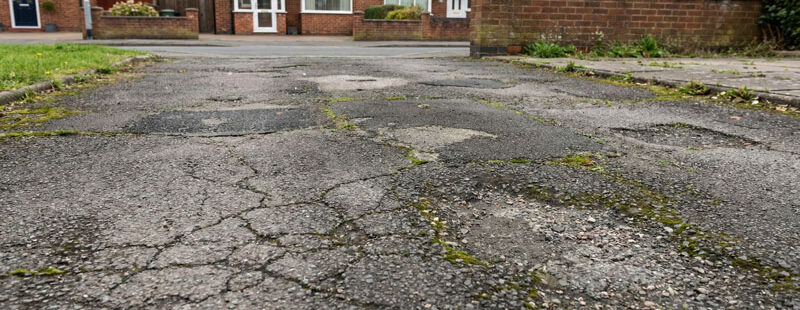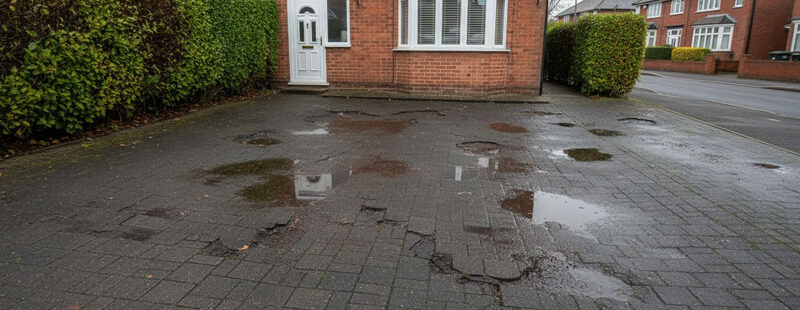
Road Surfacing Maintenance: Vital Tips to Preserve Your New Surface
Essential Post-Road Surfacing Maintenance Tips
Road surfacing is a critical aspect of maintaining a safe and durable road network. After the initial construction or resurfacing, it’s essential to implement a comprehensive maintenance plan to extend the life of the road and prevent costly repairs. Here are some essential post-road surfacing maintenance tips to keep your roads in top condition.
Regular Inspections
* Conduct routine inspections of the road surface to identify any signs of damage, such as cracks, potholes, or rutting.
* Pay close attention to high-traffic areas and sections exposed to extreme weather conditions, as these are more prone to wear and tear.
* Document any issues found during inspections and prioritize repairs based on severity and potential safety hazards.
Crack Sealing
Cracks in the road surface can allow water to penetrate the underlying layers, leading to further damage and deterioration. To prevent this, implement a crack sealing program:
1. Clean the cracks thoroughly, removing any debris or vegetation.
2. Ensure the cracks are dry before applying the sealant.
3. Use a high-quality, flexible sealant that can withstand temperature changes and traffic loads.
4. Apply the sealant according to the manufacturer’s instructions, ensuring proper depth and coverage.
“Crack sealing is one of the most cost-effective ways to extend the life of a road surface. By preventing water infiltration, we can minimize the risk of more severe damage down the line.” – John Smith, Road Maintenance Engineer
Pothole Repair
Potholes can develop quickly, especially in areas with frequent freeze-thaw cycles or heavy traffic. To maintain a safe and smooth road surface, address potholes promptly:
1. Clean the pothole, removing any loose material and debris.
2. Cut the edges of the pothole to create a clean, vertical face for better adhesion of the repair material.
3. Fill the pothole with a suitable patching material, such as cold mix asphalt or high-performance repair compounds.
4. Compact the repair material to ensure a smooth, level surface that matches the surrounding road.

Surface Treatments
Applying surface treatments can help protect the road surface from the effects of aging, oxidation, and UV damage. Some common surface treatments include:
* Chip Seals: A layer of asphalt binder is applied to the road surface, followed by a layer of uniformly sized aggregate chips. This treatment helps to seal the surface, improve skid resistance, and extend the life of the road.
* Fog Seals: A light application of asphalt emulsion is sprayed onto the road surface, helping to seal minor cracks and prevent oxidation.
* Slurry Seals: A mixture of asphalt emulsion, fine aggregate, and water is applied to the road surface, providing a protective layer and filling minor surface irregularities.
Drainage Maintenance
Proper drainage is essential for maintaining the integrity of the road surface. Water can weaken the underlying layers, leading to cracking, rutting, and other damage. To ensure effective drainage:
* Keep drainage channels, culverts, and catch basins clear of debris and sediment.
* Repair any damaged or broken drainage structures promptly.
* Ensure that the road surface has adequate cross-slopes to facilitate water runoff.
Conclusion
By implementing these essential post-road surfacing maintenance tips, you can significantly extend the life of your road network and provide a safer, more comfortable experience for road users. Regular inspections, prompt repairs, and proactive surface treatments will help to minimize long-term costs and ensure the longevity of your investment in road infrastructure.





